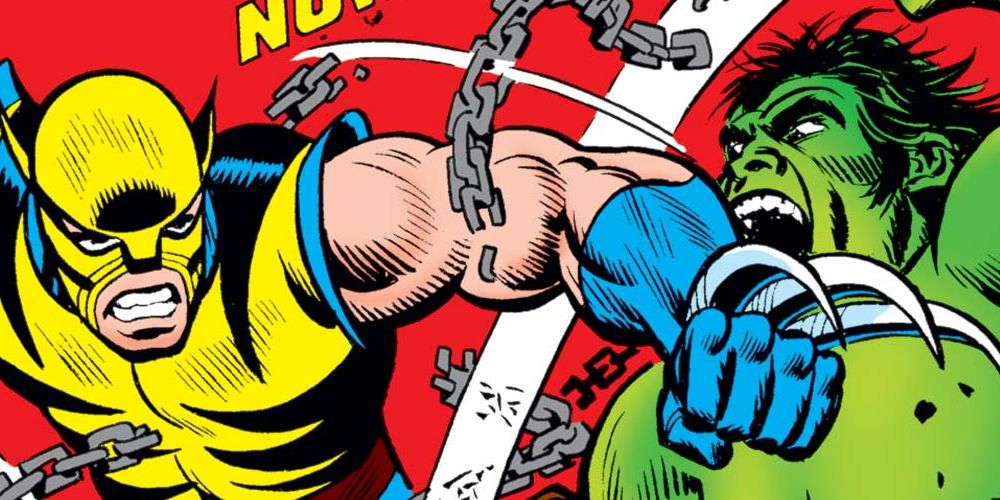The popular X-Men character known as Wolverine has gone through countless changes and iterations since he was first introduced in The Incredible Hulk #180.
In commemorating the fifth anniversary of Logan, Inverse spoke with several creators and X-Men collaborators who contributed to Wolverine's lasting legacy at Marvel. Former Marvel Comics Editor-in-Chief and Wolverine co-creator Roy Thomas said the character was never meant to serve as the main antagonist for Bruce Banner when introduced in The Incredible Hulk, but rather as someone who he could briefly brawl with.
"I sat down with the broadest idea of what this character could be. I didn't know he was a mutant, he was just a character that I knew was Canadian," Thomas revealed. "I chose the name 'Wolverine' because I was obsessed with animals as a kid and I knew wolverines were from Canada. I mean, I couldn't call him 'Moose' because that wouldn't sound good. I thought about 'Badger' but badger also meant 'to annoy,' so I didn't like that."
Thomas added that Wolverine had to be introduced in The Incredible Hulk series because "Hulk went all over the place," noting, "Bringing the Hulk to Canada was no big deal. Even though Wolverine was fighting Hulk, he was never meant to be a villain, that was just a good way to introduce him. I knew he'd be a hero eventually."
According to Thomas, creating Wolverine at that time was a collaboration between Len Wein, John Romita, Herb Trimpe and himself. "[Romita's] the one who had the idea to give him these three claws," he continued. "Len decided later they were made of Adamantium, which I liked because I'd come up with Adamantium when I worked on Avengers."
Following his Incredible Hulk debut, Wolverine returned in Giant-Size X-Men #1 in 1975, in which he dawned his iconic outfit and joined the team of superhero mutants. For a while, he continued to serve as more of a supporting player within the team of superheroes, all while the character continued to evolve.
"There were a few important details we established in the first few years," said former Uncanny X-Men writer Chris Claremont. "Len [Wein's] perception of him was that he was a teenager, but neither Dave [Cockrum] nor I were particularly thrilled with that. So I said, 'Let's age him up and see what happens,' and we just kept going. We made him older than the others, which gave him infinitely more experience."
In 1982, the character took his first solo adventure in a four-part miniseries, simply titled Wolverine, written by Claremont. The series followed the hero as he returned to Japan to find his love Mariko Yashida, who first appeared in Uncanny X-Men #118.
The character started taking on a number of other looks in the years that followed, eventually becoming one of the most popular X-men characters of all time. "One thing that is a testament to the character of Wolverine is that he has gone through so many interactions and yet people still find him interesting," X-Men writer Scott Lobdell said. "He's a character so strong that he can withstand so many different interpretations, yet still remain intact."
Source: Inverse

